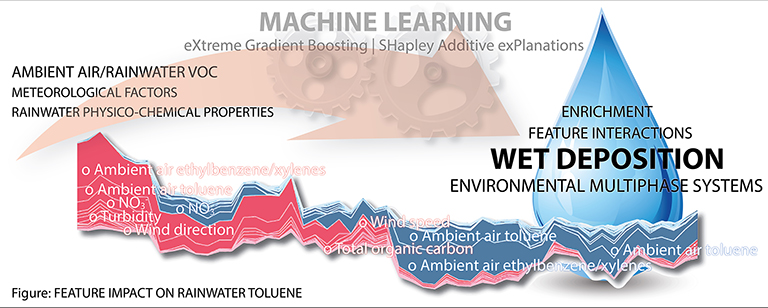The recognition of the complexity of environmental factors moved analytical concepts towards a more sophisticated and synergistic modeling. An effort is made not only to identify key factors which shape the environment, but also to gain the convergence on the obtained facts, no matter if they are mutually complementary or in agreement.
In this respect, consideration of the air pollution issues from different viewpoints relies on the application and development of specialized methods and their assembling and hybridization for capturing pollutant statistical and spatio temporal distributions, fluctuations, lag and cumulative effects, their interrelations and relationship with relevant environmental factors on various scales, etc. We place the focus on analytical tools capable of providing significant scientific information gain based on the characterization of the processes that generate pollution, govern its spatio-temporal dynamics and determine its environmental fate. Beside the application of statistical, machine learning and explainable artificial intelligence algorithms for characterization of pollutant interrelations, non-linear dynamics, non-stationarities and singularities, we explore their potential for air pollution forecasting, as well as for the identification of mechanisms underlying wet scavenging phenomena, POPs accumulation in breast milk (human biomonitoring), etc.
Also, over the last years, our research has been focused on the utilization and development of measurement methods capable of simultaneous real time detection, monitoring and quantification of air pollution, as well as statistical and machine learning methods that can provide critical information regarding spatio temporal pollutant variability and the non-linear nature of air pollution phenomena.
